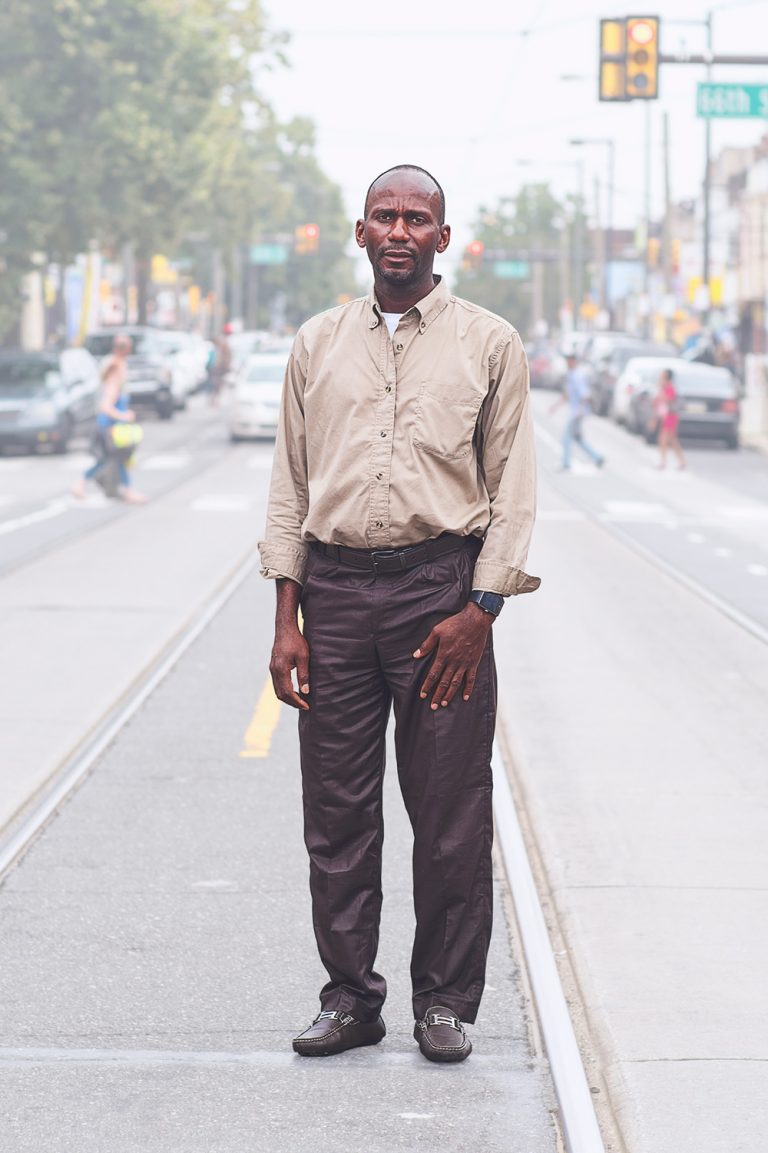Immigrant detention is prison by any other name. There are currently over 33,000 beds in private and public facilities – paid for with taxpayer dollars – that have to be filled daily to justify the expense. Since 1996, the U.S. has followed a policy of mandatory detention for all asylum seekers, meaning they are placed in handcuffs at the airport and expedited to a nearby facility so that they never technically touch U.S. soil. The 1996 law also mandates deportation for people convicted of certain criminal acts, many of them nonviolent offenses. Once people enter detention, they can be held indefinitely with limited access to communication and legal representation. Immigration courts are so backlogged that as of April 2017, there were 585,930 people waiting for a decision, with an average wait time of 670 days.
This project is currently on view at PROJECT FOR EMPTY SPACE in Newark, NJ
Listen to Juliet Horton’s story
Juliet Horton, originally from Uzbekistan, with her four-year-old son, Arthur, in Oxford, Maine on August 23, 2017. Juliet was in immigrant detention at the Hudson County Jail, Hartford Correctional Center for 2 years and 9 months.
Listen to Abu Bakar’s story
Abu Bakar, originally from Sierra Leone, in Philadelphia, Pennsylvania on August 12, 2017. Abu was a former detainee at Elizabeth Detention Center, Bucks County Prison, Allentown Prison for 3 years and was part of a lawsuit against the Esmor Corporation, a private company that ran the immigrant detention facility at the time he was detained.
These two portraits are part of a series that is currently on display at Gateway Project Spaces in Newark, NJ as part of the Newark iteration of Humanities Action Lab’s traveling exhibition, States of Incarceration (from October 18th to December 15th, 2017). Newest Americans–a collaborative storytelling project led by partners Talking Eyes Media, VII Photo and the Center for Migration and the Global City at Rutgers-Newark–produced eight photographic portraits by founding partner Ed Kashi of people who were detained between 1996 and the present, and conducted interviews with the subjects about their experience in detention and their lives since they were released. Kashi’s life-sized portraits feature former detainees who firmly stand their ground even while their physical settings seem to be receding from them, as though they are there and not there, at home and adrift, uncertain of their place in America. These portraits are accompanied by recorded accounts from the detainees, who phone visitors back when texted via cellphone. Visitors may text 973-707-3188 with the name of the subject to hear them tell their story.
Further support to create more portraits and interviews is currently being sought out to expand this project.
